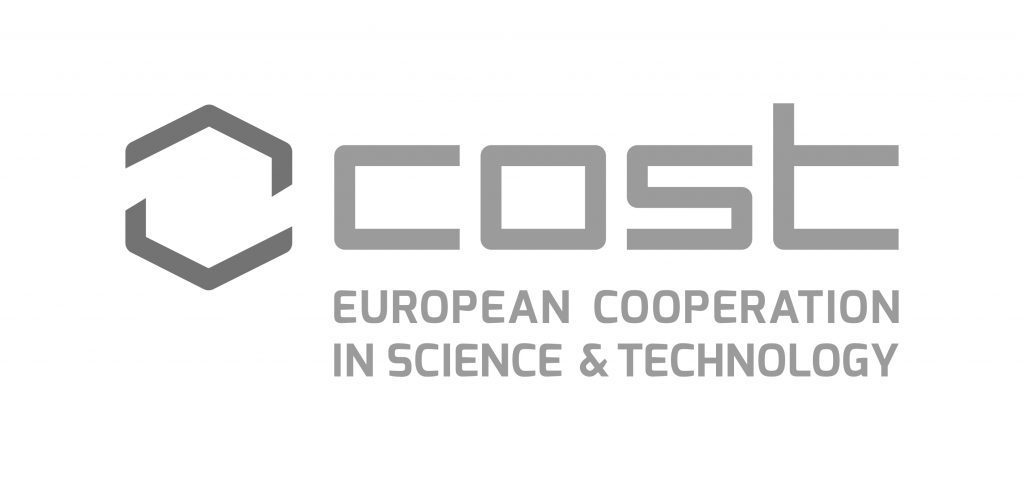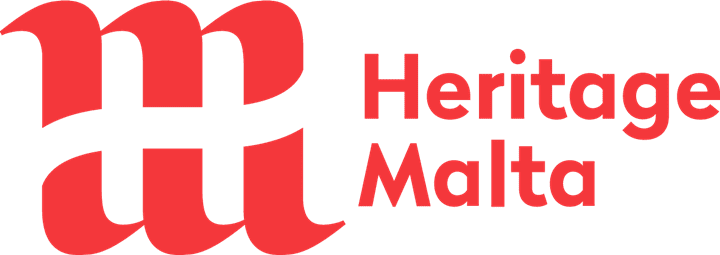The WG defines a cutting-edge methodology, combining the HUL framework, the transition management approach, and the strategic stakeholder dialogue. At the beginning, with a socio-institutionalist approach, the WG will compare legislative and regulatory measures. Finally, it promotes in the case studies and in the training schools, a collective learning and planning method, based on the ‘Living Lab’ approach, for empowering local authorities, as enablers and facilitators, to play a more significant role in coordinating regeneration effort; targeting resources for the benefit of people in place with integrated programmes of physical, economic and social measures; creating more effective coalitions of ‘actors’ within localities, by developing structures, which encourage long term collaborative relationships. This WG pays attention to the necessary complementarities between functional approaches – at the level of regions and city – and social and cultural approaches involving citizens’ engagement and empowerment – at the level of neighbourhoods. It also contributes to the case-studies assessment and defines the main training needs for planners and decision-makers.
Members
- Muge Akkar Ercan (TR)
- Paschalis Arvanitidis (GR)
- Evangelos Asprogerakas (GR)
- Pamela Bartar (AT)
- Meryem Bihter Bingul Bulut (TR)
- Monica Bocci (IT)
- Gresa Çalliku (TR)
- Pietro Elisei (RO)
- Szilvia Fábián (HU)
- Petja Ivanova-Radovanova (BG)
- Marija Jovanovic (RS)
- Isidora Karan (BA)
- Igor Kuvač (BA)
- Katalin Kolosy (FR)
- Konstantinos Lalenis (GR)
- Algimantas Maciulis (LT)
- Gabriela Maksymiuk (PL)
- Diogo Mateus (PT)
- Marluci Menezes (PT)
- Mihaela Negulescu (RO)
- Giuseppe Pace (IT)
- Montserrat Pallares-Barbera (ES)
- Nataša Pichler-Milanovič (SI)
- Yosef Preiss (IL)
- Tatiana Ruchinskaya (UK)
- Nina Serdar (ME)
- Carlos Smaniotto Costa (PT)
- Maria del Carmen Solano-Báez (ES)
- Juan Valle Robles (ES)
- Yasemin Yardımcı Çetin (TR)
- Egin Zeka (AL)
WG Meetings results
Ancona, June 6-7th
WG4 meeting, leaded by Carlos Smaniotto Costa and Nataša Pichler-Milanovic, gave life a very interactive teamwork, whose outcome is synthesized as follow:
The WG4 collected experiences on planning approaches (in general and with regard to undergrounds), on methodologies and tools used, and how Underground4value can benefit from such experiences (lessons learned). Experiences are summarized in the following four points:
- Raise awareness on the values/benefits of UBH
- Empower communities* (first decide “who” belongs to the community – and what interests are being forwarded)
- Multi-character of UBH scales (spatial – legal – cultural – historical) -Spatial contexts and scales (Regional, Rural / Urban, City, Neighbourhood, Site) – UBH have no fix boundaries and can be found in and throughout all scales)
- Administrative & institutional context
- Exploitation level (already known and “explored” – partially also over-explored, i.e. for tourism purposes; already known and not explored yet, or are under-explored; unknown and therefore not explored)
- Public Spaces & Community Value > create meaningful POS that empower societal, communal and civic interactions (Agents of Change / drivers of decisions/ Framework & context based)
The WG addressed the following points to WG1 for a reflection:
- To provide a definition of “COMMUNITY” in the sense of U4V > a group of people already interested in the development of UBH, or a group that could be interested. Please take into consideration case studies and try to define communities in relation to the selected case studies.
- To provide a definition of different stages of UBH:
- Those that are already known and are being “explored” – partially also over-explored, i.e. for tourism purposes;
- Those that are already known and not explored yet, or are under-explored,
- Those that are unknown and therefore not explored
WG4 also individuated the following issues as obstacles to the community empowerment and UBH valorization:
- “Weak” legal/institutional frame (partly too strict or partly too flexible)
- Balance between bottom up and top down approaches (reflecting public policies and regulations)
- Negative image of UBH – low value
- Conflicts between
- Conservation and use
- Winners and losers
- Public and community interest(s), and private interests
- Compensation rights – betw. required and provided compensations (winners and losers) > Losses in terms of monetary, space, environment, property, community, etc.
- Lack of “Governance”
Finally, the lessons learned are as follow:
- Creating an added value > create a meaning, provide a use or a function to a UBH – create a “symbolic meaning” a commodity for it (tools: Data base, Networking, Storytelling, Promotional campaign
- Creating new local-based knowledge and interact with the community (Digital platforms)
- Monitoring the process – base it on the 17 UN sustainability goals
- Collective Will > find a balance between the institutional work and voluntary work (community) (Workshops)
- Demonstration of values > construction of meaning (see topic 1 above) (Storytelling)
- Implement and force interactivity between community and stakeholders, policy makers
- Honesty in communication messages (fairness processes)
- Accessibility to UGB (ensuring safety and security of users)
- Providing channels for collective learning
WG4 also investigated the context of case studies, by producing a graph.
Working Document
Naples, February 12-13th 2020
WG4 meeting, leaded by Carlos Smaniotto Costa and Nataša Pichler-Milanovic, had the participation of 15 members from 11 countries. which gave life a two-days intense sessions and 13 presentations for building a repository of experiences of planning approaches for UBH. WG results could be summarised in three phases:
- Discovering
- Activating
- Engaging/Empowering
WG4 questioned then on what next and how to DOCUMENT the gathered info. Mandatory is to complete the WG1 SURVEY structure, by providing WG4 filters and a glossary.
Working Document




